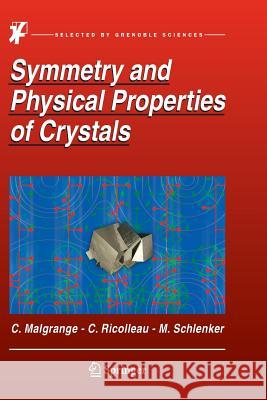Symmetry and Physical Properties of Crystals » książka
topmenu
Symmetry and Physical Properties of Crystals
ISBN-13: 9789402401776 / Angielski / Miękka / 2016 / 522 str.
Kategorie BISAC:
Wydawca:
Springer
Język:
Angielski
ISBN-13:
9789402401776
Rok wydania:
2016
Wydanie:
Softcover Repri
Ilość stron:
522
Waga:
0.76 kg
Wymiary:
23.39 x 15.6 x 2.82
Oprawa:
Miękka
Wolumenów:
01
Dodatkowe informacje:
Wydanie ilustrowane











